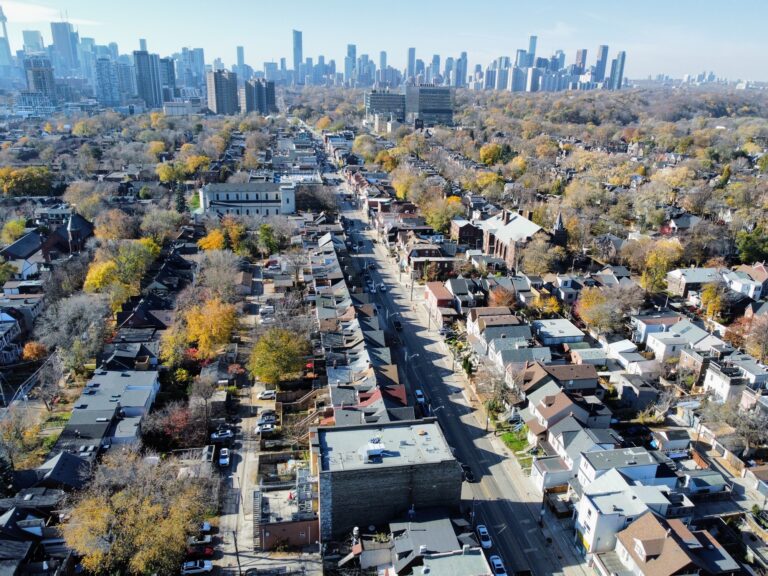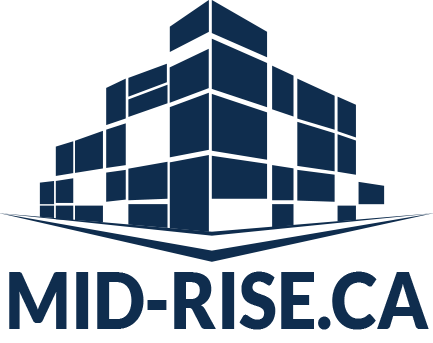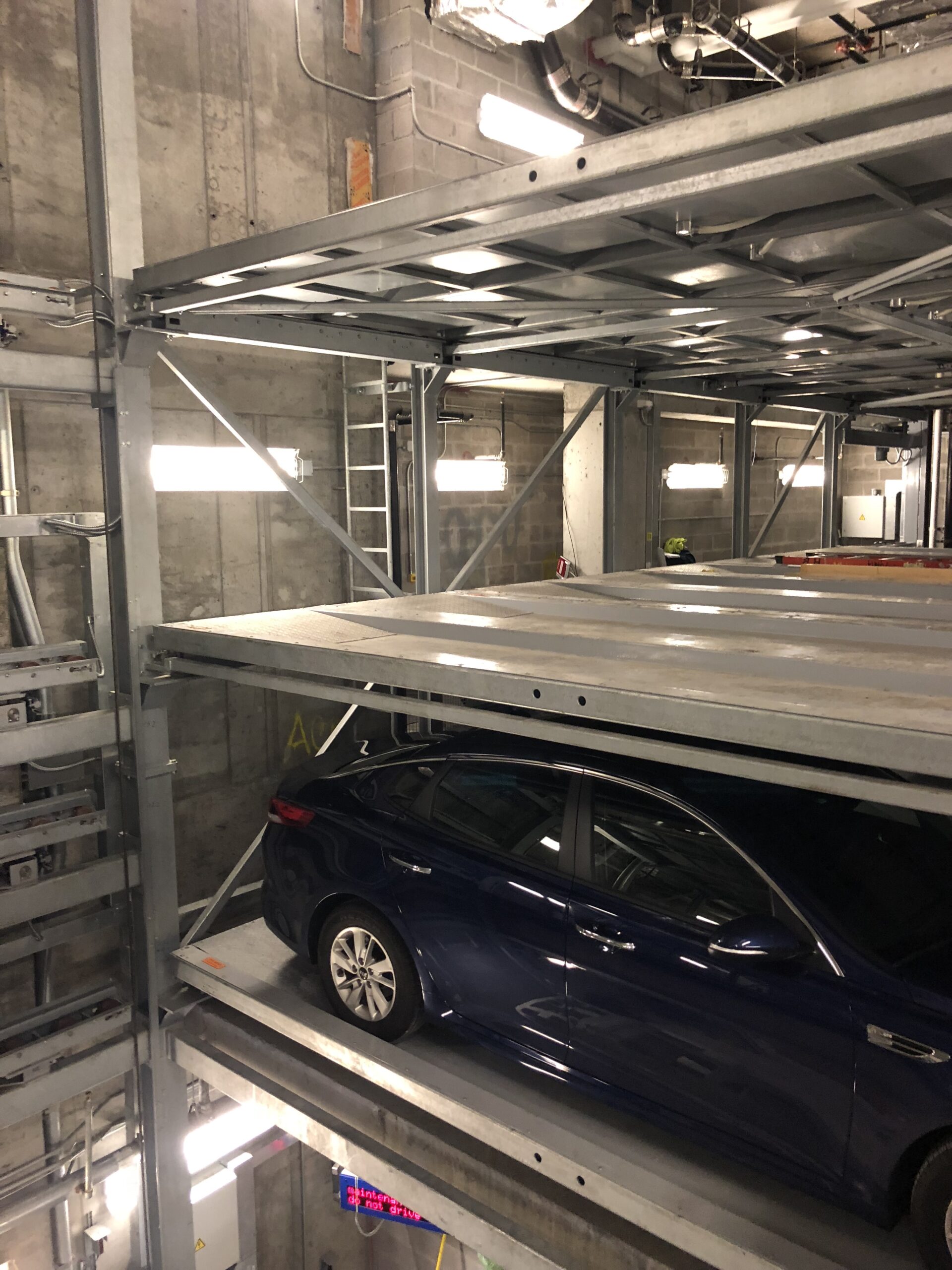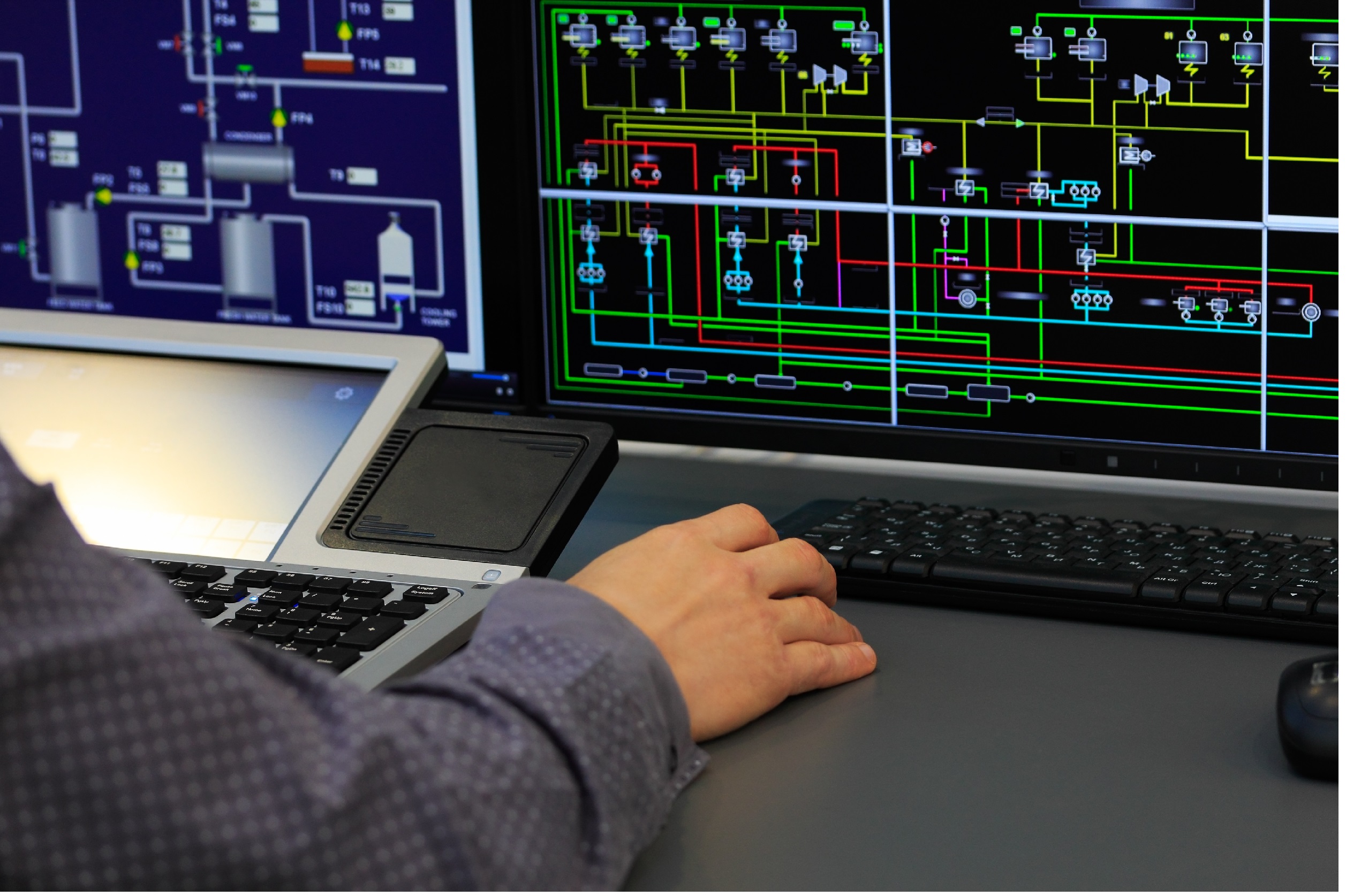From Spoils to Savings: Controlled Modulus Columns (CMC), A Powerful Tool for Mid-Rise Developers
Toronto is witnessing a wave of investments in new residential, commercial, and infrastructure projects. With the scarcities in developable urban land, leading developers and owners are increasingly considering parcels that were previously overlooked in the face of technical development and construction challenges.
Many new developments are being built abutting heritage structures or incorporating restored facades, while others are rising from ever-tighter sites that require greater structural loads to be placed on limited-sized footprints. Further challenges include soil removals and handing, primarily where there are known or assumed environmental concerns.

Building on Unstable Ground
Building Mid-Rise projects can be challenging, especially when the land has poor soil conditions and a shallow groundwater table. These conditions, which are very common in Toronto and GTA in particular, can cause significant difficulties for Mid-Rise developers, including high construction costs, increased settlement risks, and potential damage to structures.
One of the main challenges of poor soil conditions is that the ground is often unstable and lacks the strength required to support the weight of buildings and infrastructure. Developers may need to excavate large amounts of soil to create a stable foundation, which can be very expensive and time-consuming. Additionally, if the excavation work is not done correctly, it can lead to soil erosion, which can cause further problems down the line.
Another challenge posed by poor soil conditions is the risk of settlement. Settlement occurs when the soil beneath a building compresses, causing the building to sink unevenly. This can lead to cracks in the foundation and walls, which can compromise the structural integrity of the building. Settlement is more likely to occur in areas with poor soil conditions, which can be a significant concern for Mid-Rise developers.
Shallow groundwater tables can also present challenges for Mid-Rise developers. This can cause problems during construction, as the water can seep into the excavation site, making it challenging to create a stable foundation. Additionally, once construction is complete, the presence of groundwater can cause problems with flooding and other water-related issues.
Currently, many projects use a combination of concrete caissons drilled to the bedrock, caisson cutoff walls, and raft slabs to deal with these soil conditions. These are all very expensive and time-consuming solutions mainly due to the sheer volume of the displaced soils, concrete, and reinforcing steel. Adding months and millions to the Mid-Rise projects.
Saving Time & Money
Ground improvement techniques allow developers and their project teams to strengthen poor soils on their sites. Although they don’t solve all of the problems above, these techniques forego the costs and environmental risks of bulk excavation or deep foundation systems. Increasing the strength and stiffness of the existing soil allows for traditional high-capacity footings and thin floor slabs, eliminating the need for pile caps, grade beams and structural slabs. Despite the many advantages, noise and vibration from impact-based improvement methods are poorly suited for densely- built-out areas within the city.
One of the most promising ground improvement techniques is Controlled Modulus Columns (CMC). Recently developed and trademarked ground improvement technique that offers alternative solutions to these challenges with zero vibrations and minimal spoils. It is ideal for dense urban areas. CMC works by installing vertical concrete columns using a high-torque drill rig fitted with a displacement auger that can go 30 meters deep.
The columns are constructed below standard foundations and slab on grade to transfer structural loads through weak or unstable soils down to more competent layers or bedrock. This system has several advantages on challenging sites, ranging from cost savings, reduction in construction timelines, and elimination of noise and vibration. Unlike traditional drilled caisson systems or engineered fill, Menard’s CMC technique laterally displaces the existing soils (no spoils generated), significantly reducing excess soil management on the project.

Ground improvement techniques include dynamic compaction, stabilization, and deep soil mixing. Dynamic compaction involves dropping a heavy weight onto the ground to compress and densify the soil, which can cause significant noise and vibration issues and are not the best option in the dense urban areas.
Soil stabilization involves adding chemicals or other additives to the soil to increase its strength and stiffness. Deep soil mixing involves mixing cement or other binders into the soil to increase its strength and stiffness. These solutions can also offer considerable benefits when used in the proper project settings.
Ground improvement is typically offered as a design and built lump sum package based on structural drawing designed on strip/spread footings and slab on grade, simplifying construction from the outset. Further savings can be found through project schedule acceleration as ground improvement scope can typically be performed under a site alteration permit. Design-build lump sum project delivery also insulates owners and developers from additional costs for deep foundations as contractors encounter unexpected conditions.
Structural Engineer's point of View - From MTE Toronto
In Toronto, we are limited in the number of options which can be used if we encounter poor soil conditions. The limiting factors include a system which is zero vibrations and minimal spoils. Immediately, controlled modulus columns (CMCs) provide an excellent solution.
From the structural engineer’s perspective, CMC improves the underlying soil to give a higher soil-bearing capacity, and controlled settlement is the preferred solution. The simplicity of this method means that conventional strip footing can be used. These are much less expensive than having augured caissons connected (two ways) with concrete grade beams and structural slabs.
Essentially, less material is less cost and less labor cost and faster construction.
In our experience, simply converted spread footings on soil improved with CMCs is the most cost-effective method to build on poor soil conditions.






